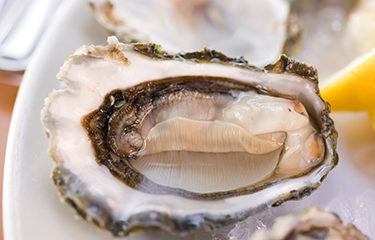A man died in Saint Louis, Missouri, U.S.A. of vibriosis after eating raw oysters he purchased from a seafood outlet in Manchester, Missouri.
The 54-year-old man died Thursday, 8 June, after becoming infected by the bacteria Vibrio vulnificus after he ate oysters sold by the Fruit Stand and Seafood, according to the Saint Louis County Department of Health.
“There is no evidence that the business did anything to contaminate the oysters, which likely were already contaminated when the establishment received them," the department said in a press release. “All remaining oysters in the establishment were embargoed by [the department of health]. Investigators are attempting to determine the source of the oysters in question. The results of our investigation are being reported to the state Department of Health and Senior Services. The Fruit Stand and Seafood employees are cooperating with [us] in the investigation.”
Symptoms of vibriosis include abdominal cramping, nausea, vomiting, fever, a drop in blood pressure, skin blisters, and chills, with severe illness and death a rare occurrence that typically occurs in people with a weakened immune system or people who have chronic liver disease or abuse alcohol. According to Saint Louis County Department of Health, the mortality rate associated with Vibrio vulnificus infection is approximately 33 percent, and Vibrio vulnificus causes more than 95 percent of deaths related to seafood consumption.
While rare, Vibrio vulnificus can taint oysters and other shellfish grown in warm, coastal waters, most frequently during the summer months. People infected with vibriosis most frequently begin experiencing symptoms 12 to 72 hours after consuming raw or undercooked seafood, though symptoms may rise as far out as a week after ingestion.
“DPH advises anyone who has consumed raw oysters who experiences any of the symptoms to seek medical care immediately,” the department said.
Vibrio vulnificus can also cause wound infection if someone with skin lesions swims in or is exposed to water contaminated with the bacteria, though vibriosis cannot be spread from human-to-human contact.
Photo courtesy of Natalia Bratslavsky/Shutterstock







